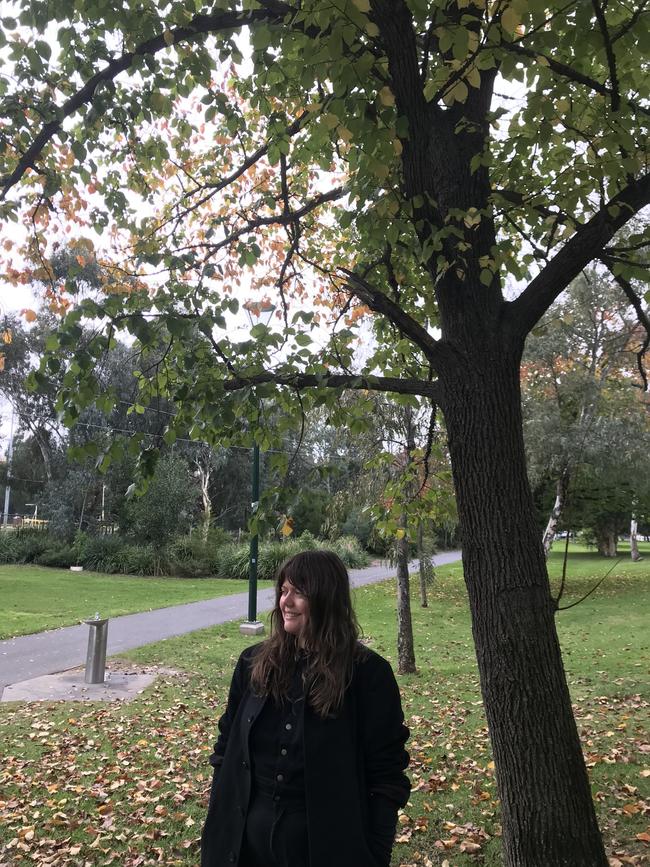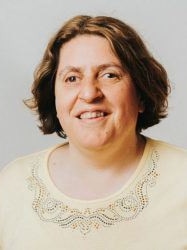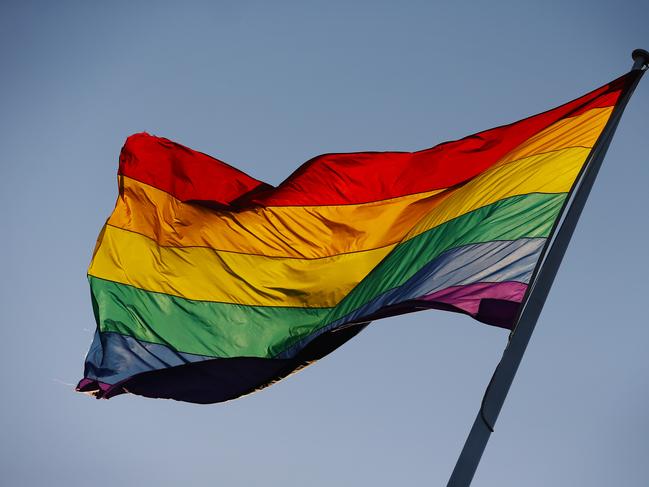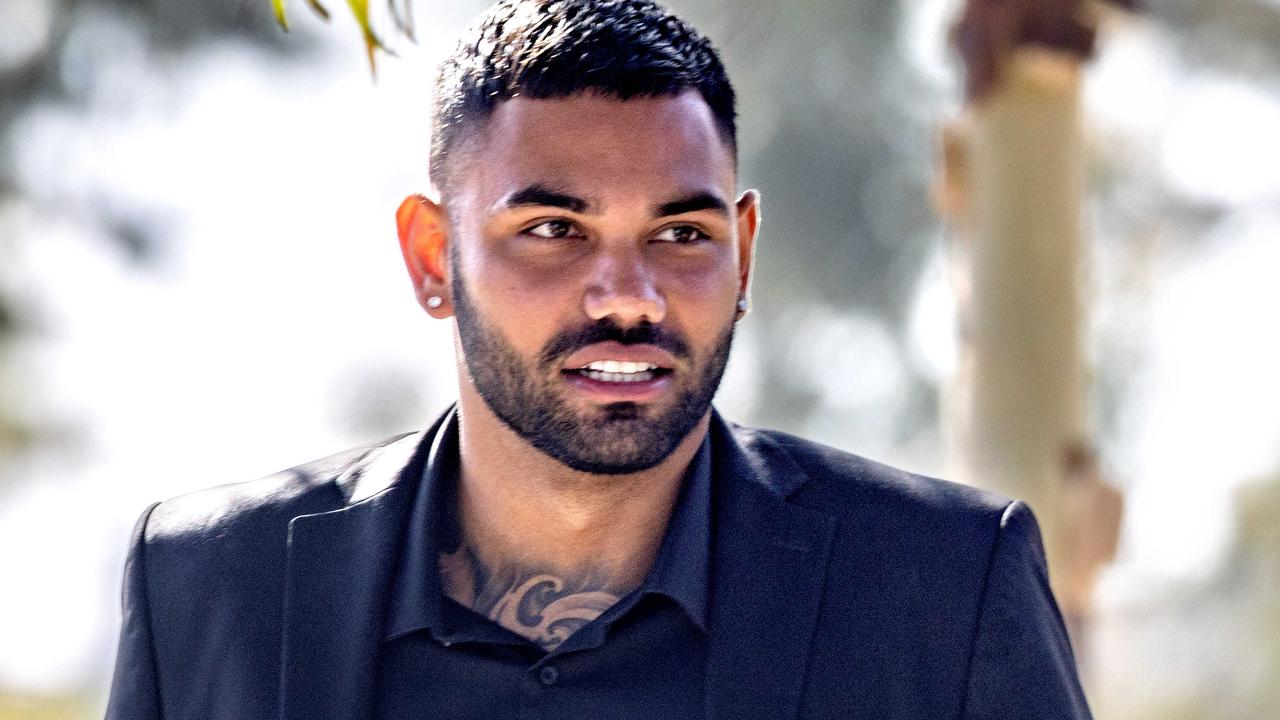Street Safe Victoria: What physical and environmental factors make women feel safe in public spaces
After thousands of unsafe places were identified across Victoria, we spoke to women about what makes them feel threatened. These are their stories.

Leader
Don't miss out on the headlines from Leader . Followed categories will be added to My News.
Lucy Ballantyne doesn’t actively think about what she does for her personal safety daily – much of it is unconscious and has simply become ingrained in how she moves around the streets.
“In general I feel that I live with a very high degree of personal safety and I am very lucky in that sense,” the 28-year-old said.
But she still turns certain lights on around the house when she is home alone.
For her, living in a high-traffic area where she can hear cars and other people passing by makes her feel safer at home, as does knowing her neighbours very well.
She has laced her keys through her fingers when walking through secluded areas and always opts to take the more well-lit and higher traffic, albeit longer, route if she is walking home alone at night.

“I am sure I would be fine but I don’t take the risk because I always have that niggling feeling,” she told Leader.
And like so many young women, she and her friends always send a text to let each other know when they get home safely after a night out.
“I do all of those things day-to-day but I don’t really think about the fact that I’m doing them anymore,” she said.
“Very aware” of her safety when she first moved out of home at 18, Ms Ballantyne vividly remembers the moment she lost her girlhood innocence and “everything changed”. In this moment she became acutely aware of just how vulnerable she could be.
“I think there is a moment most, if not all, women can relate to,” she said.
“I remember the almost exact moment for me when that threat of sexual violence – real or perceived – became vivid all of a sudden.”
She conceded she probably had “the moment” later than most females, but she clearly remembered where she was and what she felt at that time.
“I was walking home from the train station, it was dark and I had this feeling of being aware of my safety, in a bodily sense, for the first time.”
Ms Ballantyne, who moved to Melbourne’s inner northern suburbs from Perth in 2016, said the way she thinks about her personal safety has been influenced by other people’s experiences and tragedies publicised in the media.
It is stories like that of Jill Meagher – who was raped and murdered when she was walking home along Brunswick’s Sydney Road on September 22, 2012, after a night out at the pub –that have shaped her perceptions of safety and what actions she takes to keep herself safe daily.
In March 2015 schoolgirl Masa Vukotic, 17, was randomly attacked and stabbed to death while walking home through a Doncaster park and in 2018 Ms Ballantyne was living in Carlton, close to Princes Park, when Eurydice Dixon’s body was found on June 13.
The 22-year-old had been stalked as she travelled home from Melbourne’s CBD before being attacked, raped and murdered in the depths of the park.
Ms Ballantyne distinctly remembers where she was when she heard about what had happened and how the news dominated her conversations with friends and her peers in the days that followed.
Yet the shock quickly morphed into an overwhelming feeling of palpable anger at how such a horrific incident could occur, and so close to home.
While she did not know Eurydice, she, like many others, attended an emotional vigil for her.
In January 2019 exchange student Aiia Maasarwe, 21, was randomly attacked, raped and murdered when returning home from an evening out.
Just months later, 25-year-old Courtney Herron was bashed to death in Parkville’s Royal Park.
Henry Hammond was later found not guilty of her murder due to mental impairment and ordered to spend 25 years in a psychiatric hospital.
The incidents had a remarkable impact on Ms Ballantyne, but rather than fueling a fear of being vulnerable on the streets, she decided she would not completely change her behaviour or how she lived her life because of the violent actions of some people in the community.
“We don’t need to compromise on our right to exist on the streets. This is my neighbourhood.”
She now tries to make more conscious choices about her safety when she moves through the world and tries to push her fears aside.
“Even if I do have a bit of fear in a certain area, I don’t want to feel that. All of that anger, all of that feeling is for nothing if I can’t walk around and feel okay. I get up everyday and choose to feel okay.”
‘Nuanced strategies needed’
Dr. Nicole Kalms, Co-Director of XYX Labs, said gender inequality was “an overarching factor impacting on the safety of women and gender-diverse people, and as a result they experienced public places differently from men”.
“An individual’s experiences of such spaces are shaped by their identity – not just their gender but also age, ethnicity, religion, economic status, as well as personal experiences, and those of friends and family.
“Often the stress and anxiety around safety when exercising in a public space can act against the health benefits and restrict access for women and gender-diverse people.”
Dr Kalms said the report illuminated “the need for nuanced strategies when it comes to designing and managing public spaces so that women and gender-diverse people can feel free and safe to use their local environments”.
The report notes lighting as the biggest concern noted by respondents overall, while better amenities — which attract dog walkers and families to a place — activate a space while also improving passive surveillance and the feeling of safety.
The most commonly noted attractive amenities included well-maintained play equipment, seating and resting places in parks and on streets and public toilets.
In line with this, vegetation management was also nominated to be of importance.
Interestingly, while CCTV is often proposed as a safety solution, it was rarely suggested by YourGround participants.
Factors in more complex perceptions
According to Nadia Mattiazzo, who is the Chief Executive Officer at Women With Disabilities Victoria and who is legally blind, there are many more layers to safety perceptions for people living with disabilities.
“For women with disabilities, whatever it is that you do or wherever you go, you have to think about things more because you always need to plan how to get home.”
For those without a car, she explained this might mean leaving an event early at night, even if having an enjoyable time, so they could catch the last accessible bus or organise a wheelchair taxi home.
She said this made women with disabilities much more reliant on other people, transport running on time and being able to organise an accessible service.

And unfortunately, it is not always a smooth process – with the waiting areas often feeling unsafe and being poorly lit, compounded by transport delays.
“We have evidence from our membership that women using wheelchair accessible taxis often have to wait three or four hours,” Ms Mattiazzo said.
“So they call one at 6pm but it doesn’t arrive until 10pm. They might have been feeling safe at 6pm but when you’ve been waiting for three or four hours and it’s getting later and darker and you’re feeling more unsafe, that impacts on women.”
She said physical access was another important issue for women with disabilities to feel safe.
“We have anecdotal evidence that women with disabilities, who use wheelchairs or mobility scooters, are very concerned about poor lighting in particular areas where they are travelling and where footpaths aren’t smooth because they can’t see where the footpath dips at night.
“Sometimes it causes them to come out of their wheelchairs or off their scooters and they are then placed in a position where they have to rely on other people to help them, and that’s not always there.”
But while making an environment more accessible and initiatives such as adding better lighting to public spaces would be positive, she said public transport systems also needed to be improved to enable accessibility for people living with disabilities.
She said that while the train network had vastly improved and some tram stops had been upgraded, there were still not accessible trams on tram routes, which was both frustrating and concerning.

She said this problem was exacerbated by unaffordable housing.
“I absolutely applaud the work to make trains accessible, but not everyone lives on a train line.
“And the closer you live to public transport, the higher the housing cost.
“A lot more needs to be built into the process, including more affordable and accessible housing in those areas that then will help those people to access accessible transport.”
She also added that while the reports about perceptions of safety were positive and so was the map, not everybody could access them – such as herself.
“There needs to be other ways to get the information out to the community, not just visually.
“I’m sure it’s a great resource and would help many organisations and their work. I could get someone else to look at it from my work, but from an empowerment perspective and independence, it’s challenging.”
Ms Mattiazzo said such examples, and being so reliant on others, could have a profound effect.
“You put yourself in a position where you can be approached by people who see you as different and feel you are a target just because you look different… whether it be that you are using a mobility aid, because you don’t walk as confidently as someone else or are a bit unsure in the environment.
“That creates such anxiety that women with disabilities then don’t go out and become more isolated.
“But women with disabilities have just as much right to access their communities the same as every other person with or without a disability.”

For people like Jessie Duncan, who currently lives in the Wimmera/Grampians region and identifies as non-binary and pansexual, improving safety for non-binary and LGBTQIA+ people is linked to more people in the community expressing their support and being allies.
Having moved to the region from Melbourne several years ago, they said there was a marked difference in the level to which LGBTQIA+ people were embraced in the parts of regional Victoria they had lived.
“It took about three and a half years of living in this region to meet somebody else who outwardly identified as LGBTQIA+,” they said.
“Where in Melbourne it would be quite normal to walk down the street and see a pride flag being flown or someone wearing a rainbow lanyard around their neck, there was no representation here in terms of symbology.”
While describing themself as “pretty CIS-presenting”, the lack of representation in their regional community led them to “stay in the closet as a pansexual, let alone as someone who was questioning their gender and going through those deeper questions”.
Although their confidence has improved in the last year or so, as regional organisations have taken the lead in promoting inclusion and connecting LGBTQIA+ residents.
While in agreeance that infrastructure works would help to improve perceptions of safety for women and gender-diverse people, they said the extra barriers to safety and inclusion for some sectors of the community needed to be recognised by leaders and the wider community alike so they could be addressed.
They added key ways to do so were to promote inclusion and acceptance to encourage representation and for allies to vocalise support to “help counteract the toxic narrative that is dominating the airspace”.
“Representation of any kind does make a difference. If you’re an ally, express that in some way. If you’re a business owner, have the stickers on the door saying LGBTQIA+ people are welcome here.”
They said it was also important to call out slurs about the community.
Fatima, meanwhile, believes that nobody should need to change their appearance, beliefs or sexuality for fear of being attacked.
“My first fear was always that I would get attacked because I’m a woman of colour, because I wear a headscarf.”

She questioned if the target would be taken off her back if she stopped wearing her headscarf and blended in more.
“I shouldn’t have had that thought in the first place. Why do I need to change myself?
“Minorities, whether that‘s queer communities, people of color or with different religions–whatever they choose to wear or look like – it shouldn’t determine their sense of safety.
“You shouldn’t have to say okay, you are a black person so you will not get home safely.
“You‘re a Muslim and you’re a Sikh and you’ve got your turban on so you will not get home safely either. It shouldn’t even matter.
“Decision makers and authorities really have to take these things into consideration as well. Because we’re not just vulnerable for sexual and physical attacks, we are also vulnerable for racial attacks.”
Fatima encouraged police and government to engage with people from a cross section of community to gain a better understanding of issues and to inform policies.
“One thing I would advise is for decision makers not to undermine the assault or attack. A punch could turn into a gunshot.”
She said if there were quicker interventions then maybe there would be less rape cases or women being killed on their way home.
Also in this series:
- Where every unsafe place is in Victoria
What can be done to make Victoria safer?
How do we address the bigger issue at play?
If this story has raised any issues for you call Lifeline on 13 11 14, 1800 RESPECT or the Sexual Assault Crisis Line on 1800 806 292.


